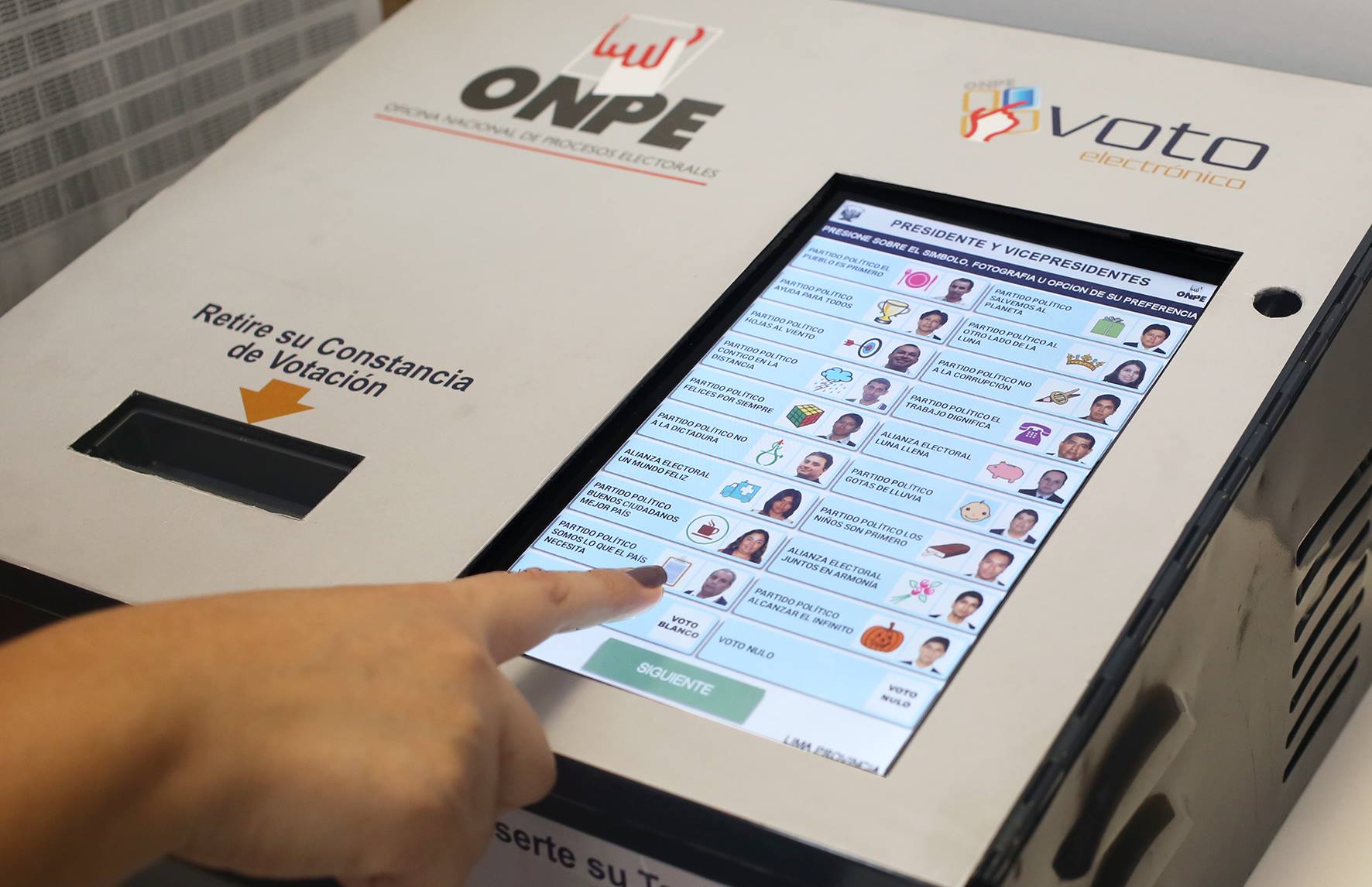Electronic voting: advancing at a prudent pace
Published:
“Electronic voting, whether in-person or remote, is the technological promise to modernize elections worldwide. Speed, accuracy, and inclusion are the key words for this tool, designed to address the logistical challenges of traditional elections.”

Electronic voting, whether in-person or remote, is the technological promise to modernize elections worldwide. Speed, accuracy, and inclusion are the key words for this tool, designed to address the logistical challenges of traditional elections. However, these expectations come with challenges that must not be ignored.
Among the greatest advantages of electronic voting are the immediacy and accuracy it offers compared to traditional methods. Additionally, this method opens the door to greater inclusion, making it easier for people with disabilities and citizens abroad to vote. On top of that, electronic voting also promises to significantly reduce costs by eliminating the need to print ballots and reducing the personnel required for the process.
But it’s not all about efficiency and convenience. The risks are real. Fears of result manipulation—both internal and external—and the lack of transparency have raised alarms. In several countries, such as Germany and Finland, they opted to abandon these systems after discovering critical vulnerabilities that compromised the integrity of the vote.
In Peru, the adoption of electronic voting has been slow and cautious. From the first pilot experiments in the 90s to the partial implementation in the 2011 general elections, progress has been gradual. In the extraordinary congressional elections of 2019, only 2.1% of districts used electronic ballot boxes.
Despite the concerns, Peru cannot afford to fall behind. Electronic voting is crucial to include those who cannot travel. The expansion of this technology must continue, but in controlled districts and in a limited manner to minimize risks, as ONPE has done. Electronic voting is the future, but a future that must move forward with the caution and rigor necessary to strengthen trust in our democracy.

Leave a Comment